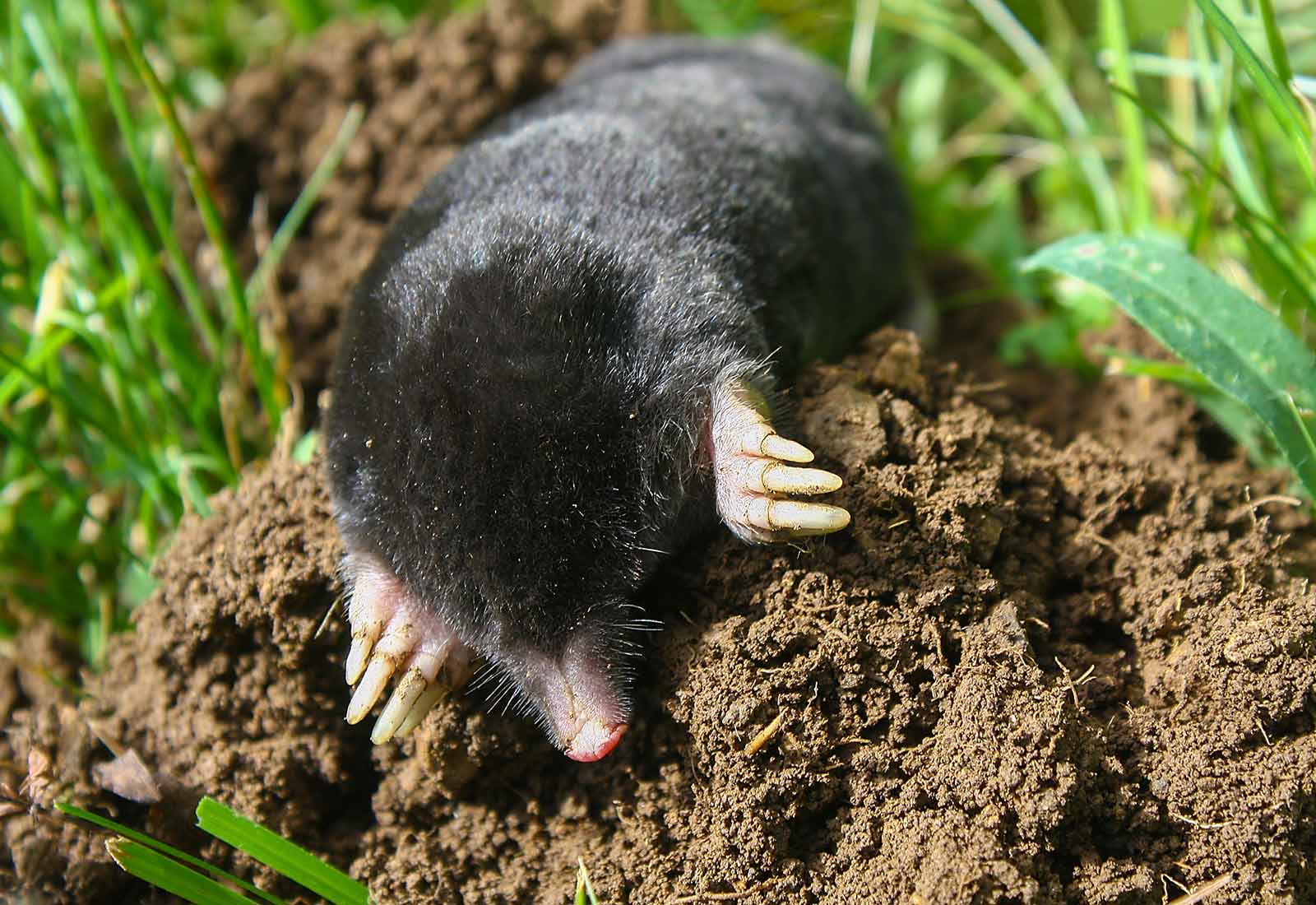Vole Control Tips to Maintain Your Lawn and Gardens
Vole Control Tips to Maintain Your Lawn and Gardens
Blog Article
Comprehensive Guide to Efficient Vole Parasite Control: Invasion Identification and Therapy Techniques
In the world of efficient pest control, vole problems position a distinct challenge that requires a tactical method. By checking out the nuances of vole actions, understanding vital indications of invasion, and reviewing a range of control options, one can develop a thorough strategy to fight these evasive parasites.
Understanding Vole Behavior
Vole habits is identified by their burrowing routines and quick recreation prices, making them a challenging bug to regulate successfully. These tiny rodents usually produce complex passage systems underground, using them for shelter, food storage, and transport. Voles are herbivores, taking in a selection of plants, lawns, light bulbs, and origins, which can create considerable damages to yards, orchards, and yards. Their fast reproductive rate additional complicates control efforts, with women efficient in creating several trashes in a single year, each consisting of a number of spawn.
Voles are most active during the morning and evening hours, investing the bulk of their time foraging for food. Their delving practices not only disrupt lawns and yards yet likewise make them testing to identify and get rid of. Recognizing vole behavior is crucial for reliable insect control approaches. By determining their burrow areas, monitoring feeding locations, and implementing targeted control techniques, such as capturing or habitat alteration, vole infestations can be handled efficiently.
Indicators of Vole Problem

Avoidance Techniques
Implementing effective prevention strategies is essential in reducing vole problems and securing vegetation from their devastating feeding practices. To stop vole problems, it is crucial to begin by getting rid of potential food resources and shelter.
Consistently inspecting the residential or commercial property for indications of vole task, such as runways and tunnel openings, is critical for early discovery and punctual activity. If vole task is believed, take into consideration using catches or repellents purposefully positioned near their paths.
Non-Lethal Control Methods
To effectively manage vole populations while prioritizing gentle methods, non-lethal control strategies offer practical solutions for lowering vole damages in yards and landscapes. These barriers can be buried at least 12 inches curved and deep at a 90-degree angle to prevent voles from burrowing underneath.

Lethal Control Options
One efficient technique for resolving vole invasions in landscapes and yards entails the critical usage of deadly control choices. When encountered with a serious vole problem that non-lethal approaches have actually fallen short to have, applying deadly control procedures ends up being you can find out more important. Generally, when using lethal control choices, it is vital to do so sensibly and in conformity with neighborhood regulations to effectively take care of vole problems.
Final Thought
To conclude, efficient vole parasite control calls for a thorough understanding of vole actions, identification of signs of invasion, implementation of avoidance techniques, and utilization of both non-lethal and dangerous control methods. By combining these strategies, individuals can successfully manage vole populations and shield their property from damage. It is essential to deal with vole invasions promptly to avoid more issues and decrease the influence on the surrounding setting.
Given the complex passage systems and rapid reproduction prices characteristic of voles, acknowledging the signs of vole invasion comes to be important in efficient pest control. One of the main indications of vole existence is the visibility of surface area paths or tracks in grass or snow, typically visit this website about 1-2 inches broad, developed as voles take a trip between their burrows and food sources.To properly manage vole populaces while prioritizing humane techniques, non-lethal control approaches offer functional solutions for decreasing vole damages in gardens and landscapes.One efficient approach for addressing vole invasions in landscapes and yards entails the strategic use of deadly control alternatives. vole yard damage.In verdict, effective vole insect control needs a thorough understanding of vole habits, identification of indications of problem, execution of prevention techniques, and use of both non-lethal and lethal control techniques
Report this page